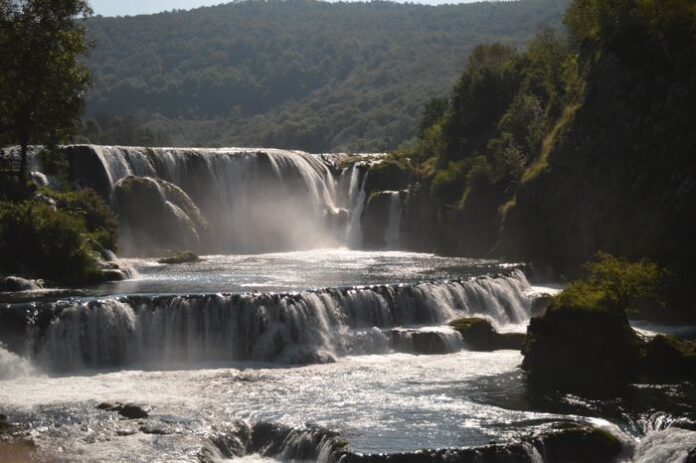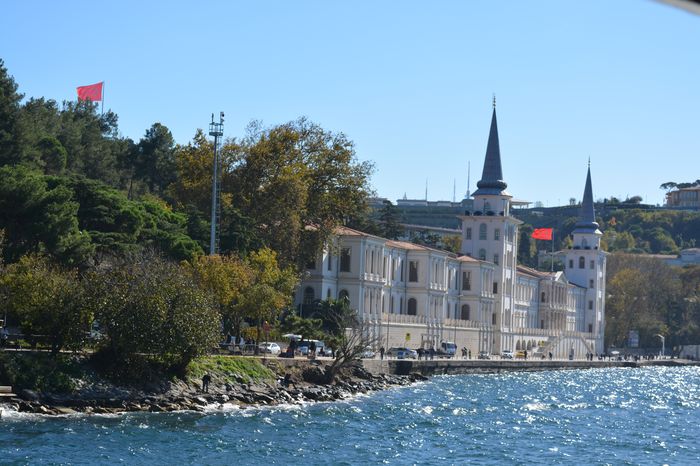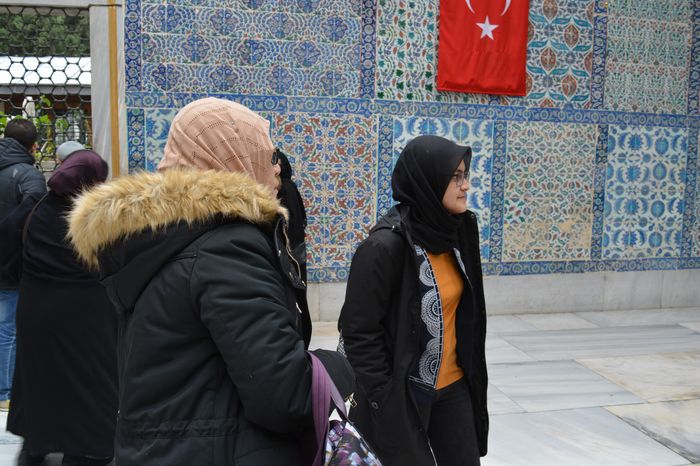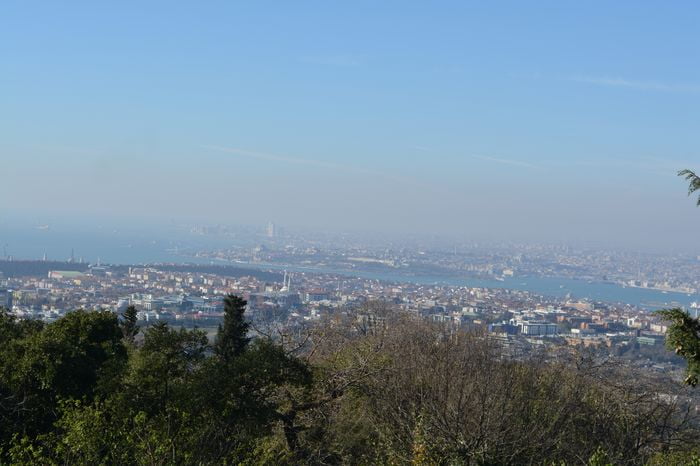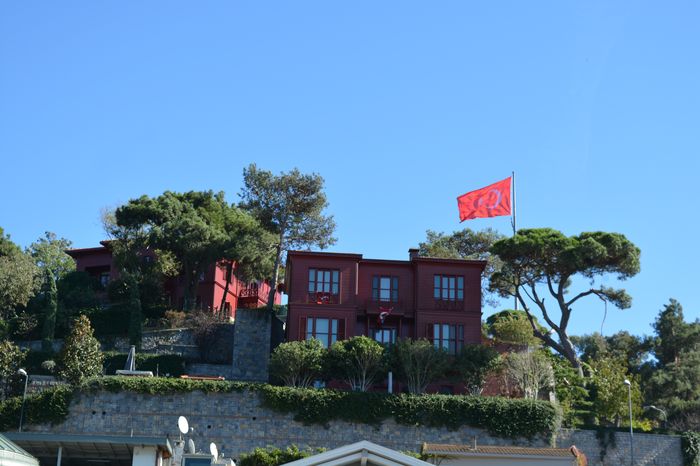This paper focuses on the role of Constantinople’s European suburbs in imperial ceremonies. These suburbs were located just outside the city walls, near important land and sea routes. Because of their location at the crossroads between Europe and Asia, these areas were very important in Byzantine ceremonies. They offered special spaces where grand events could be held.
The suburbs were often used for regular ceremonies such as religious processions and the arrival of the emperor. In addition, they played a key role in special occasions like triumphal entries and welcoming important foreign visitors. These visitors could be heads of state, diplomats, or imperial brides coming from other countries The Art of Cooking in Byzantine Times.
This study uses old written records and historic photographs to understand how the suburban areas were involved in these ceremonies. The evidence shows that these areas were carefully chosen because they allowed the Byzantines to stage impressive events that highlighted the power and prestige of the empire. The suburbs provided a dramatic setting for celebrations that connected the city with the wider world.
Undocumented Archaeological Remains from the Fourth Hill
While historical texts give us some information about Constantinople’s city layout, recent construction work has revealed previously unknown archaeological remains. One important area is the northern slopes of the Fourth Hill, especially the neighborhoods of Saraghane and Sofular.
These areas contain remains such as foundations of public buildings, water channels, and pipelines. These finds help us better understand how the city was organized and how its infrastructure worked.
This paper examines the physical remains discovered in this part of Constantinople. By combining what we learn from archaeological discoveries with information from written sources, we can form a clearer picture of the city’s layout during the Byzantine period Customized Istanbul Tour.
One key goal is to identify old street routes, which can be difficult because the city has changed so much over time. These new findings are important for reconstructing the history and urban design of one of the most important cities in the medieval world.
Together, these studies show how the suburbs and less well-known parts of Constantinople were important in different ways. The suburbs were not just areas outside the city but places full of meaning where ceremonies were held to show imperial power. Meanwhile, archaeological discoveries continue to reveal hidden parts of the city, helping us better understand how Constantinople was built and how people lived there centuries ago.
